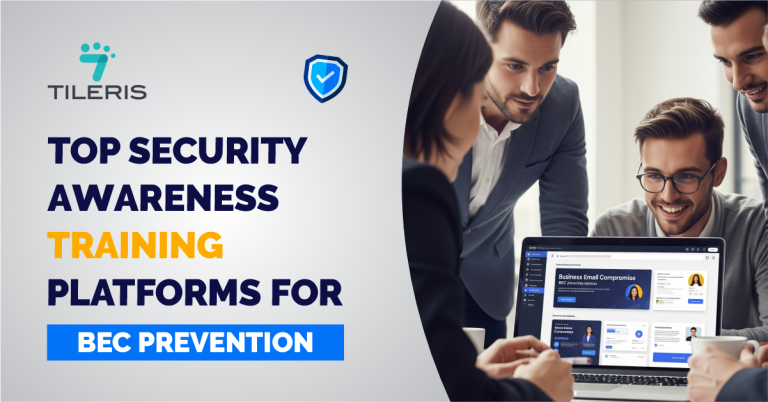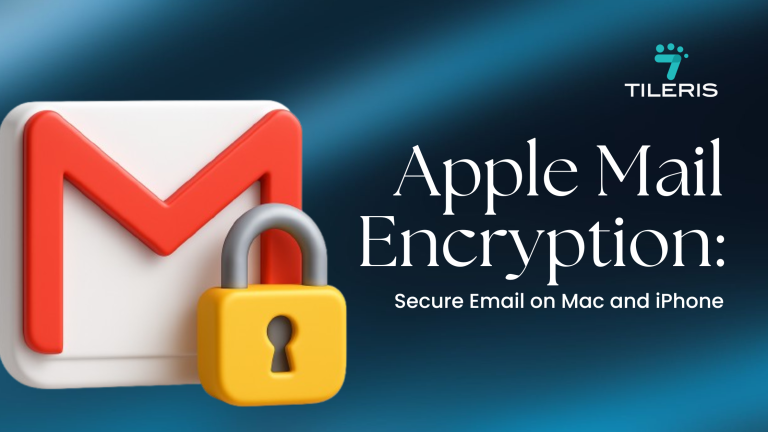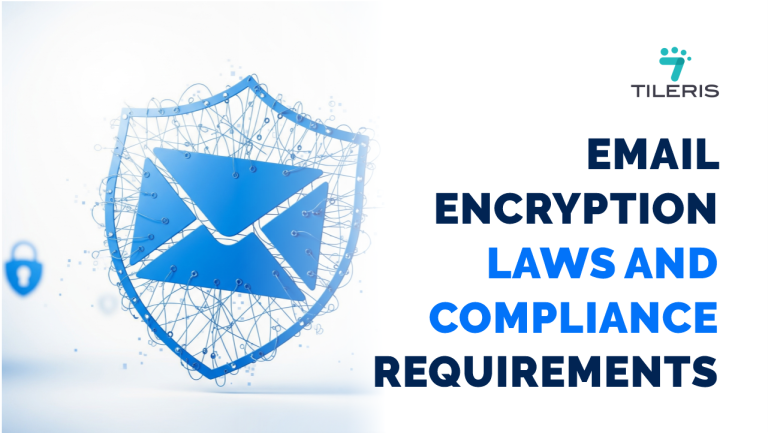How to Minimize Data Collection Through Your Email Activities
Introduction
Most of us rarely think about the digital trail we leave behind when we hit “send,” “open,” or even just “sign up” for something via email. It’s easy to assume that email is just… email. A way to chat with friends, get newsletters, or receive receipts. But the reality? Email is one of the biggest gateways through which companies and data brokers collect information about you.
If you’ve ever wondered why ads suddenly start appearing for things you vaguely remember mentioning in an email or how companies always seem to know your preferences, location, or even your habits, it’s often tied back to your inbox.
Here’s how that happens, and more importantly, how you can take back a bit of control without giving up the convenience of email.
Email Isn’t Just Private Correspondence, It’s a Data Goldmine
Before we dive into how to minimize it, let’s understand what “it” actually is. It’s more than just knowing you opened an email. Companies, particularly those using sophisticated marketing automation platforms, can track:
- Open Rates: Did you open the email? This is the most basic metric, often tracked using a tiny, invisible pixel (a “tracking pixel” or “web beacon”) embedded in the email.
- Click-Through Rates (CTR): What links did you click on within the email? This tells them what content resonated with you.
- Time Spent Reading: Some advanced trackers can estimate how long you lingered on an email.
- Forwarding and Sharing: Did you share the email with others?
- Location Data: Your IP address can reveal your general geographic location when you open an email.
- Device Information: What kind of device did you use to open the email (desktop, mobile, tablet)? What operating system?
- Purchase History (if linked): If you click through to a product page and make a purchase, that information is often linked back to your email activity.
- Unsubscribe Behavior: While seemingly a positive for you, even unsubscribing provides data, it tells them you’re no longer interested in that particular type of content.
It’s a complex ecosystem of data points. Each piece of information, on its own, might seem insignificant. But when aggregated, it creates a remarkably detailed picture of your habits, preferences, and even your potential future behavior.”
And it’s not just marketers. Phishing attempts and malicious actors also exploit email activity, looking for patterns that can be used for social engineering. So, protecting your email data isn’t just about privacy; it’s also about security.
Taking Back Control an Actionable Guide
Alright, enough with the doom and gloom. Let’s talk about what you can actually do. This isn’t about becoming a digital hermit; it’s about being a conscious participant.
1. Embrace the Power of the “Burner” Email (or Aliases):
Think of your main email address as your digital passport. You wouldn’t hand your passport out to every street vendor, would you? The same principle applies to your email.
- For newsletters and promotions: Create a secondary email address specifically for signing up for newsletters, online shopping accounts, and anything else that’s likely to generate marketing emails. Gmail, Outlook, and other providers make this easy. You can check it periodically, or even set up filters to manage the influx.
- Email Aliases: Some email providers offer aliases, which are essentially different addresses that all funnel into your main inbox. This is fantastic because you can give out a unique alias for each service. If one alias starts receiving spam, you know exactly who sold your data, and you can simply disable that alias without affecting your main address.
ProtonMail and Hey.com are examples of services that champion this approach. As Hey.com founder Jason Fried famously said, “Your email address is too personal to be a public thing.”
2. Say “No Thanks” to Image Loading (and Tracking Pixels):
Remember those tiny, invisible tracking pixels we talked about? They often rely on images being loaded in your email. By default, many email clients automatically download images. Change that setting!
- How to do it: In most email clients (Gmail, Outlook, Apple Mail), there’s an option to “Ask before displaying external images” or “Don’t display external images.” Enable it.
- The benefit: This prevents the tracking pixel from “firing” until you explicitly choose to load images. If an email looks suspicious or you know it’s purely promotional, you can simply delete it without revealing your open status.
3. Unsubscribe Strategically and Think Before You Click
Unsubscribing is a double-edged sword. While it gets you off a list, clicking the unsubscribe link itself can sometimes trigger a tracking event.
- Look for reputable unsubscribe links: Most legitimate senders will have a clear unsubscribe link at the bottom of their emails.
- Consider marking as spam for persistent offenders: For genuinely unsolicited emails or those from shady sources, marking them as spam is often more effective than unsubscribing, as it helps your email provider learn and filter similar emails in the future.
- Think before clicking other links: Every link you click within an email is a data point. Ask yourself: “Do I really need to click this?” If you’re just curious about a product, consider going directly to the company’s website instead of clicking through the email.
4. Opt for Plain Text When Possible:
HTML emails are beautiful, but they’re also ripe with opportunities for tracking. Plain text emails, by their nature, offer fewer avenues for embedding tracking pixels or complex scripting.
- When sending: If you’re sending emails and privacy is paramount, consider sending in plain text format if your email client allows it.
- When receiving: While you can’t force senders to send you plain text, many email clients have a “view in plain text” option. It might not look as pretty, but it’s often more private.
5. Choose Privacy-Focused Email Providers:
Not all email providers treat your privacy the same, while some are built around collecting data for advertising, others focus on keeping your information safe.
Services like ProtonMail, Tuta, and Hey.com are often highlighted for their strong privacy practices, offering features like end-to-end encryption and strict no-scanning policies that keep your emails away from advertisers’ eyes. Still, no matter which provider you go with, take a moment to read the fine print; understanding what data they collect, how it’s used, and if it’s ever shared with third parties can make all the difference in protecting your digital life.
6. Be Mindful of Email Sign-Ups on Websites:
When you’re browsing online and a pop-up asks for your email in exchange for a discount or access to content, pause for a moment. Ask yourself if it’s really essential, do you truly need that 10% off, or is it just a clever way to grab your email and start tracking your activity? This is where your burner email comes in handy; your secondary address is perfect for those one-off sign-ups you don’t want cluttering your main inbox.
7. Regularly Review and Purge Your Inbox:
An overflowing inbox isn’t just stressful; it’s a treasure trove of old data waiting to be dealt with. Start by unsubscribing from dead lists, those newsletters or promos you haven’t opened in months can quietly pile up, so it’s worth reviewing your subscriptions and cutting ties with the ones you no longer read. Then, take it a step further and delete old emails; while it won’t erase every trace of your digital footprint, it does lighten the load and clears out your inbox like tidying up a dusty attic.
It’s About Awareness, Not Obsession
Look, we live in a connected world. Complete anonymity online is a myth, and trying to achieve it can be exhausting. The goal here isn’t to become paranoid about every single email. It’s about building awareness and making conscious choices.
So, take a deep breath. You’re not alone in feeling overwhelmed by the data beast. But you are empowered to tame it, at least where your email is concerned.
By implementing even a few of these strategies, you’ll be taking significant steps towards a more private and less intrusive email experience. It’s about regaining a sense of control, feeling more comfortable in your own digital skin, and ensuring that your email activities serve you, not the other way around. Go forth, and email with purpose!
Conclusion
Your email might seem like just a small piece of the puzzle, but it’s a piece that touches nearly everything, banking, shopping, social media, work, and beyond.
Minimizing data collection through your email isn’t about ditching it altogether. It’s about rethinking how you use it, and recognizing that convenience and privacy don’t have to be mutually exclusive.
Ready to Take Your Email Privacy to the Next Level?
You don’t have to be a tech expert to lock down your inbox. Download your free Security Checklist today! It’s packed with simple, actionable steps that make a real difference, especially if you’re exploring tools like TLS, S/MIME, or PGP to boost your protection.
Need a bit more hands-on support?
We’ve got you covered. Request a free consultation, our team is happy to walk you through your options and help you find the right tools for your specific needs.
And if you’re curious how modern AI can make online security even easier…
Request a demo of our Tileris AI Agents in action. Just drop us a note through our contact form, and we’ll show you what smarter, real-time email security looks like.







